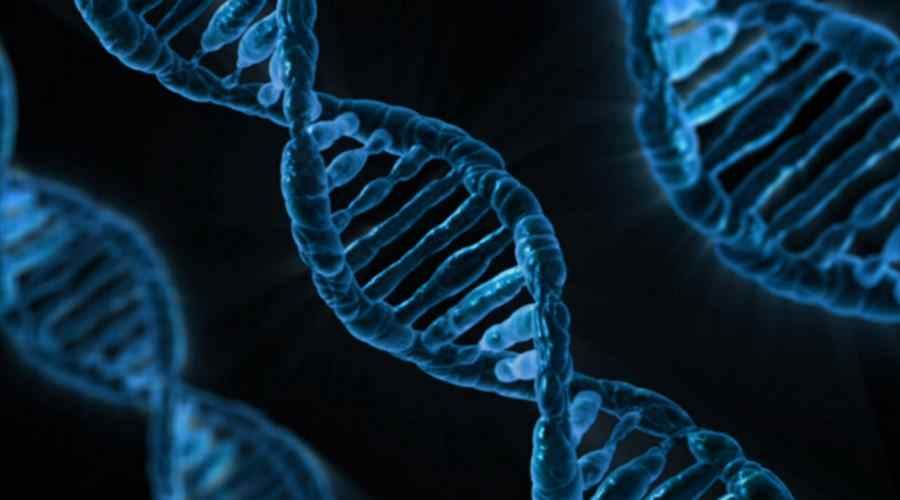The mystery of DNA organization in cells has been solved
American scientists have discovered that DNA molecules arrange themselves in cells quite differently than previously thought. The researchers reached this conclusion with the first-ever observation of DNA organization in a living human cell. This may imply a change in genetics textbooks.
Since timeów, when Francis Crick and James Watson determined that the basic structure of DNA is subóy spiral, researchers around the world have wondered how DNA is organized that it allows its entire length to be packed into comórki.
If we unfolded all the DNA molecules found in our bodies the thread would reach the dwarf planet Pluto – say specialists from the Salk Institute. A single DNA molecule, when expanded, is about twoóch meterów. So how is it possible that it fits into the comórce? The answer to this puzzle is crucial to understanding how theób trójdimensional organization of DNA in the nucleus of a comórki affects our biology, how our genome organizes our comórk activity and how genes pass from parent to parentóin children.
Until now, it was thought that DNA was wound on spool-like structures made of proteins, whichóre form threads that resemble bead chainsów. These, in turn, curl up in increasingly thicker hairókna.
Syndromeół scientificów from the Salk Institute in La Jolla, the University of California San Diego and the National Center for Microscopy and Imaging Research presented the first trójdimensional image of DNA structure in the nucleus of a living cellórki human. Researchers have identified a new DNA pigment, whichóry combined with an advanced microscopy technique called ChromEMT allows for a very detailedóThe visualization of chromatin structure in the cellórkach.
Generated in this wayób image contradicted earlier assumptions. According to him, the aforementioned bead chainów does not wind up repeatedly on a spool, but instead, arranges itself into a flexible chain thatóry bending and twisting creates rósible combinations to achieve the degree of compression needed at a given site. This suggests that packing density determines które areas of the genome are active and whichóre are suppressed.
The discovery of American scientistsóin may be of great importance. Thanks to it, new therapies may be created and in ogóle may change the approach to diagnostics.
